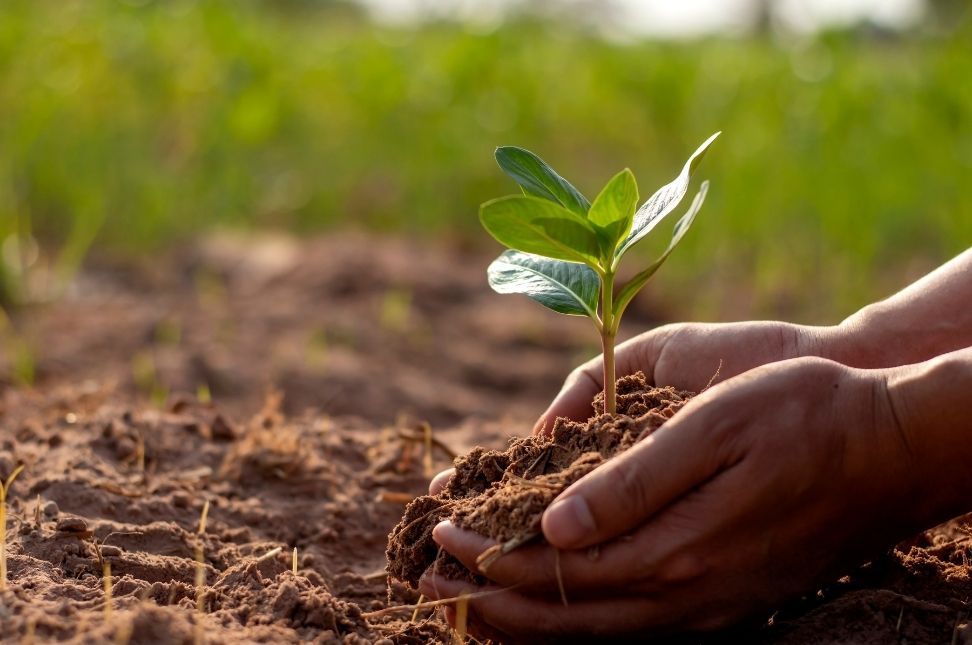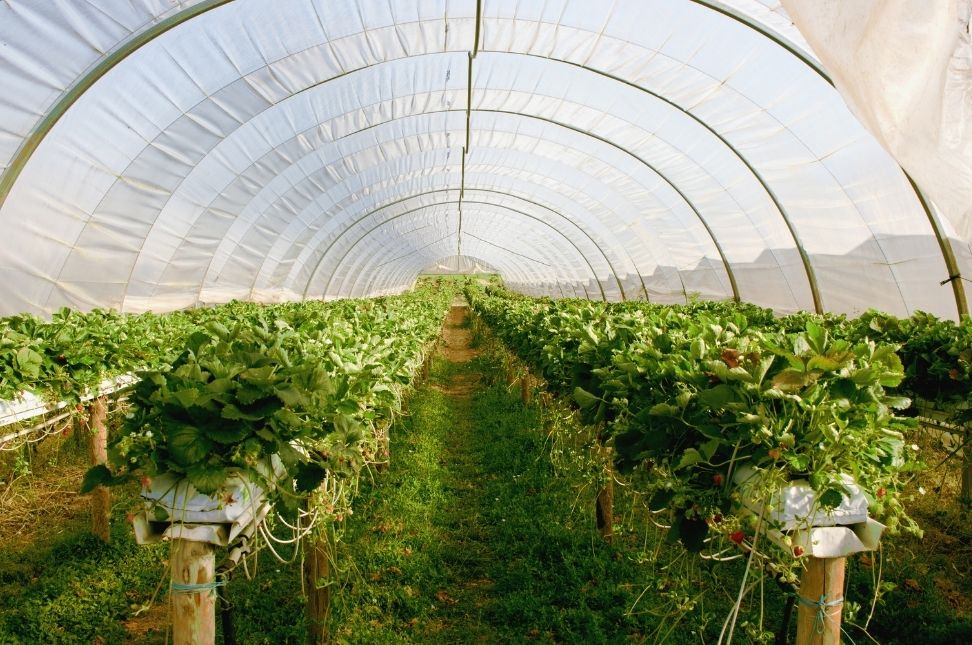Healthy soil is the foundation of a thriving garden. To optimize your garden’s growth and productivity, it’s crucial to understand soil types and soil health. Let’s explore the basics:
- Soil Types: There are three main soil types: sandy, clayey, and loamy. Each type has its characteristics, including drainage, texture, and nutrient-holding capacity.
- Testing Your Soil: Conduct a soil test to determine its pH and nutrient levels. Soil testing kits or services are widely available and provide valuable insights.
- Improving Sandy Soil: Sandy soil drains quickly but may not retain nutrients well. Improve it by adding organic matter like compost or well-rotted manure.
- Enhancing Clayey Soil: Clayey soil retains water but can become compacted. Enhance it by adding organic matter to improve drainage and aeration.
- Optimal pH Levels: Most plants thrive in soil with a pH level between 6 and 7. Adjust soil pH using lime to raise it or sulfur to lower it, as needed.
- Composting: Composting enriches soil with organic matter, improving its texture, water-holding capacity, and nutrient content.
- Cover Crops: Plant cover crops like clover or rye to protect soil from erosion, enhance fertility, and suppress weeds.
- Crop Rotation: Rotate crops annually to prevent soil depletion and the buildup of specific pests and diseases.
- Mulching: Mulch insulates soil, regulates temperature, conserves moisture, and reduces weed growth.
- Avoid Over-Tilling: Over-tilling can disrupt soil structure. Use no-till or minimum-till methods to preserve soil health.
- Earthworms and Microbes: Encourage earthworms and beneficial soil microbes by avoiding excessive pesticide use and providing organic matter.
- Healthy Soil = Healthy Plants: Healthy soil provides the essential nutrients plants need to thrive and resist diseases and pests.
- Observation and Care: Regularly monitor your soil’s condition and adjust your gardening practices accordingly.
Understanding soil types and nurturing soil health is a fundamental aspect of successful gardening. With the right knowledge and care, you can create a thriving garden that produces healthy, vibrant plants year after year.




